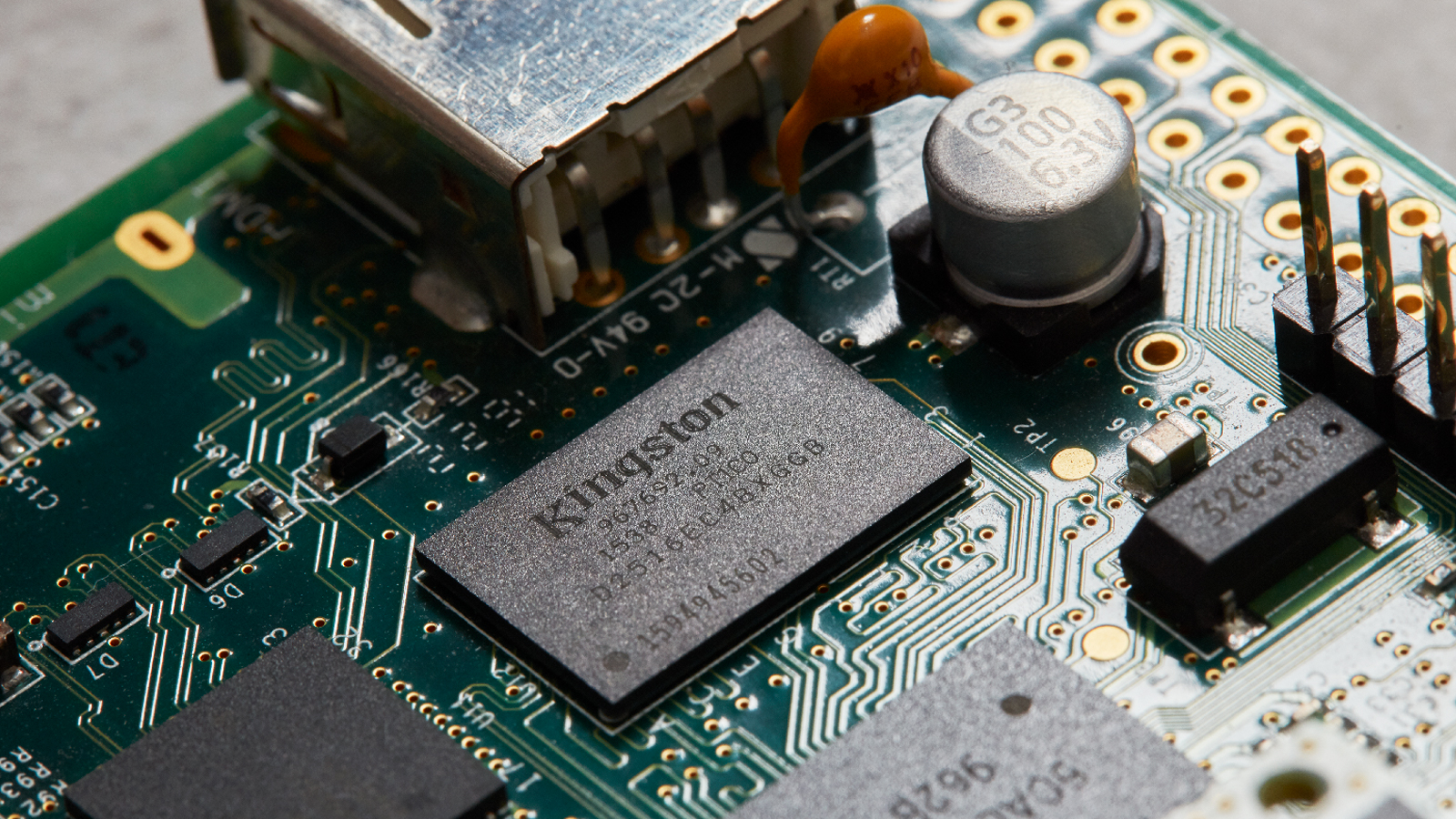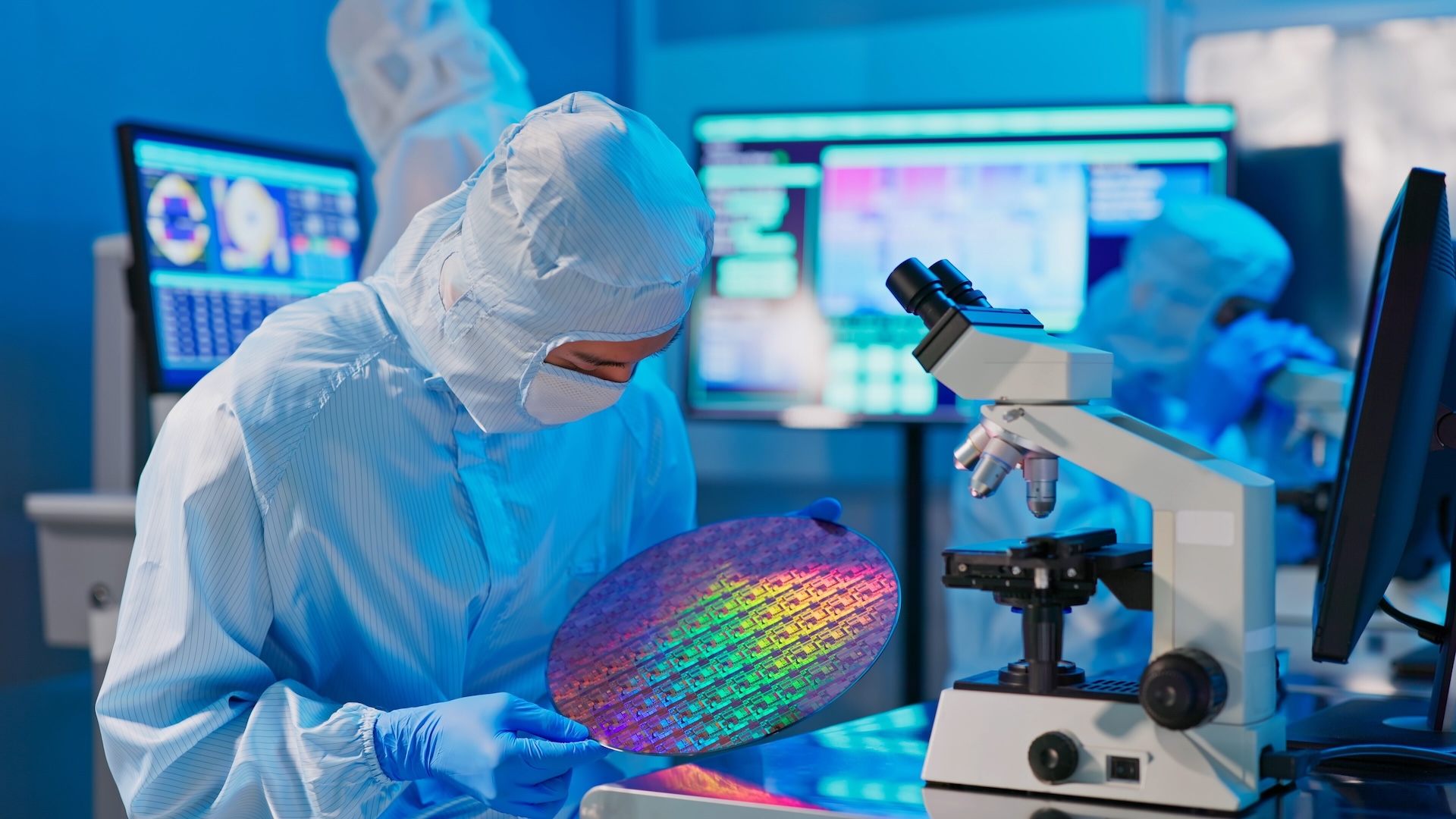
DRAM and NAND flash prices are expected to rise starting during the second quarter of 2025, according to a report by Digitimes. NAND and DRAM prices fluctuated throughout 2024 due to weaker consumer demand for DDR4 and DDR3 RAM, which are reportedly ceasing production by late 2025. However, the surge in NAND flash pricing is expected, as Kioxia previously forecasted growth thanks to AI advancements.
It's believed that the market conditions are ideal for a pricing uptick now that inventory and demand have gained traction. This results from the booming AI industry, as companies build AI servers and consumer products such as Nvidia's Project Digits begin to release.
Digitimes reports that Micron forecasts that DRAM prices will rise. At the same time, NAND prices should stabilize and then increase during the second quarter of 2025, with other manufacturers anticipated to follow suit. However, according to the report, memory makers have also been facing oversupply issues since the second half of 2024, meaning that pricing has also been affected.

With products based on HBM3E anticipated to hit the market soon, they are poised to capitalize on the AI boom. Apple and Google intend to construct new datacenters and purchase products designed to handle large-scale AI. As newer models debut, such as the recently released Grok 3, it's expected that the hardware demands of running large-scale models aren't letting up just yet.
Memory manufacturers are expected to keep producing HBM at the cost of other memory types, notably DDR5 DRAM. Other factors, such as a magnitude 6.4 earthquake, are speculated to have impacted memory maker Micron (though Micron hasn't publicly stated if they had been affected).
The effects of the seismic event is speculated to have a global impact on the number of DRAM chips that Micron might be able to produce, lending credence to the idea that memory is about to get a bit more expensive.
NAND prices are also set to rise as consumer demand increases in the smartphone and PC segments. With inventory stabilizing across channels, it's suggested that memory manufacturers will begin to raise prices starting during Q2 2025. This comes with the expectation that 2025 will offer a new PC replacement cycle thanks to the debut of new products, and a boost to the enterprise PC market in late 2025.
DRAM and NAND price increases are another reason why consumers may be feeling a painful sting when shopping around for tech in 2025. Other contributing factors include tariffs, which will inevitably be passed onto customers in the US, and rising bill-of-materials costs for key components, as enterprise customers spend big on AI products.







